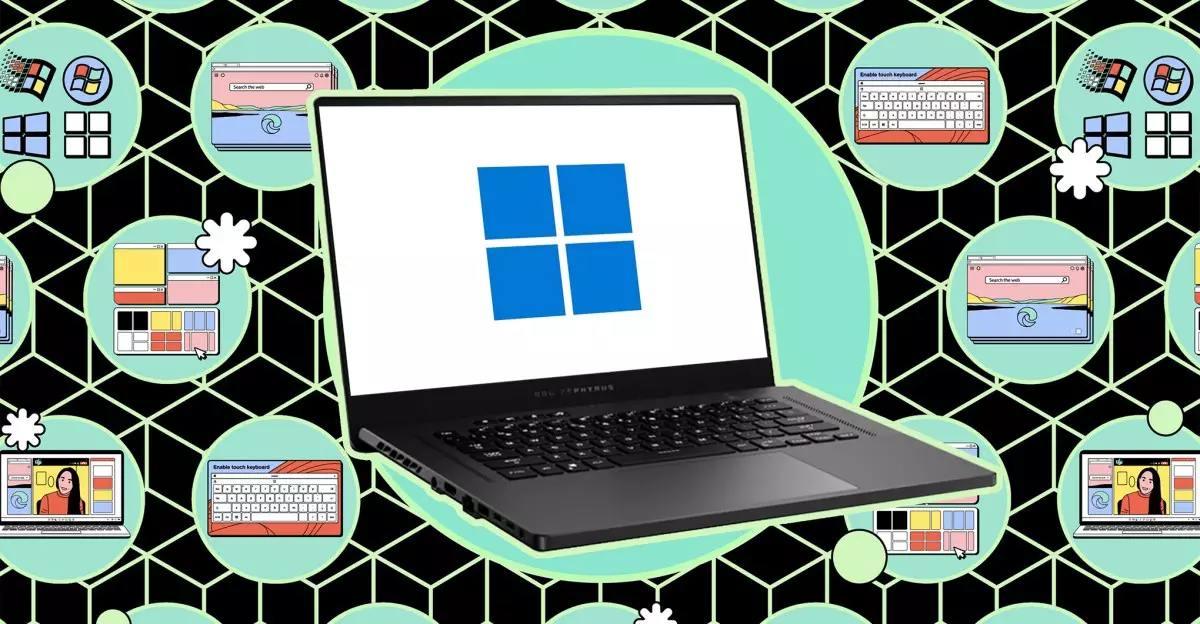In an increasingly digital world, the safeguarding of personal data is more essential than ever. While the design of modern operating systems, like Windows, provides a baseline level of security—such as password protections and biometric locks—wearing a false sense of security isn’t advisable. Whether it’s a potential thief eyeing an unattended laptop at a cafe or family members eager to explore your device, knowing how to effectively conceal sensitive information can mean the difference between privacy and exposure. Here, we explore various methods to secure confidential files on your Windows laptop, highlighting both built-in techniques and third-party software options.
Understanding the Basics of Hidden Files in Windows
Windows operating systems come pre-equipped with tools that allow users to hide files and folders from casual viewership. By default, essential system files remain concealed to avoid accidental modifications. However, users can customize their settings by following a straightforward process:
1. Launch any File Explorer window.
2. Locate the three-dot menu in the upper toolbar and click on it.
3. Select “Options” from the drop-down menu.
4. Under the “View” tab, check the option for “Show hidden files, folders and drives.”
5. Confirm by clicking “OK.”
Although this method enables users to hide personal files easily, it has inherent limitations. If someone knows how to adjust the settings, they can quickly reveal what you’ve concealed. Thus, while hiding files might keep prying eyes away during casual use, it falls short against determined snoopers.
For individuals requiring a more robust solution, third-party applications offer enhanced vulnerability protection than the rudimentary hiding feature built into Windows. Programs like Folder Lock provide secure vaults for sensitive files, ensuring that even if someone discovers a locked item, they cannot access it without proper authentication.
Folder Lock, for instance, presents users with a straightforward interface that offers multiple features. While a Pro version is available for approximately $39.95, the free version suffices for average users with basic needs. A notable aspect is the 1GB allowance for files stored within a secure locker, which can also be synchronized across devices.
Setting up Folder Lock involves choosing a secure location for the locker—ideally, in a deep subfolder of your file system rather than a conspicuous spot like the desktop. Users must create an email and password combination, providing an extra layer of security accessing the locker. Importantly, without the application actively running, locked files remain invisible within File Explorer, adding another protective barrier.
Navigating through Folder Lock is user-friendly. After launching the application from the Start menu and logging in, users can see their locker, which behaves like a standard folder in Windows. The process of adding files is as simple as dragging and dropping items into the locker. For more sensitive data, merely clicking the “Lock” option secures the files away from casual detection.
Not only does Folder Lock allow for straightforward file management such as deletion and duplication, but it also boasts a dedicated section for storing passwords, secure notes, and credit card information, enhancing its functionality beyond mere file hiding. The encryption provided by AES 256-bit technology safeguards your documents against unauthorized access and mitigates the risk of data breaches.
Backing Up Your Privacy: Cloud Storage Solutions
In addition to local storage protection, Folder Lock allows users to create backups on various cloud storage platforms, including OneDrive, Google Drive, and Dropbox. This feature empowers users with the confidence that their sensitive information is not only hidden but safely stored even in the event of hardware failures or unexpected data loss.
Furthermore, the program includes functionalities for securely shredding files. By overwriting deleted data with random information, users can ensure that confidential documents are irretrievable, bolstering the overall security strategy.
In a world where privacy threats loom large, adopting proactive measures to safeguard sensitive data is critical. Hiding files within Windows provides a basic safety layer, but for stronger protection, leveraging dedicated software like Folder Lock is key. Through effective use of these tools, individuals can ensure their private information remains discreet, significantly reducing the risk of unauthorized access and maintaining control over their digital lives. The blend of simplicity and effectiveness in these methods demonstrates that as technology continues to evolve, so too should our approaches to ensuring privacy.


Leave a Reply